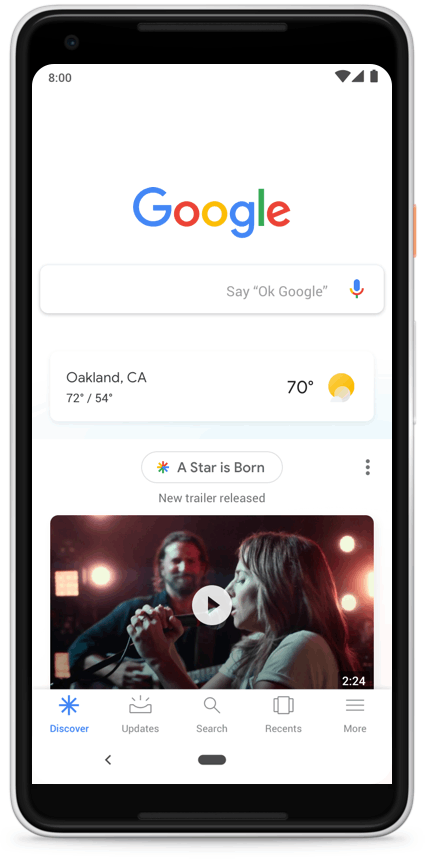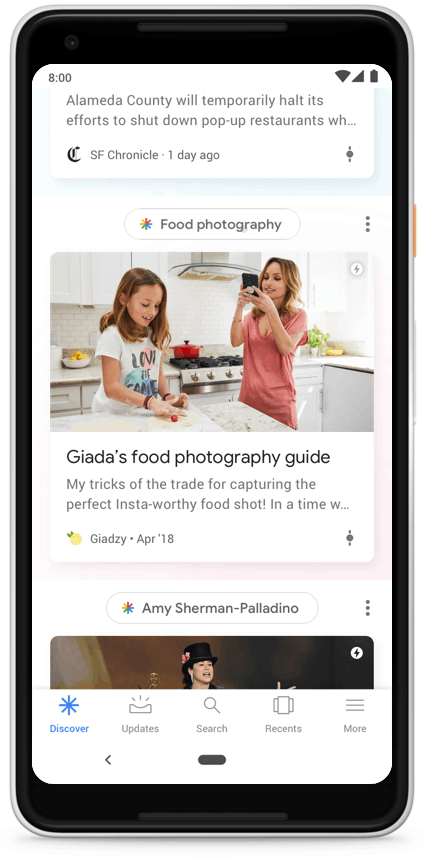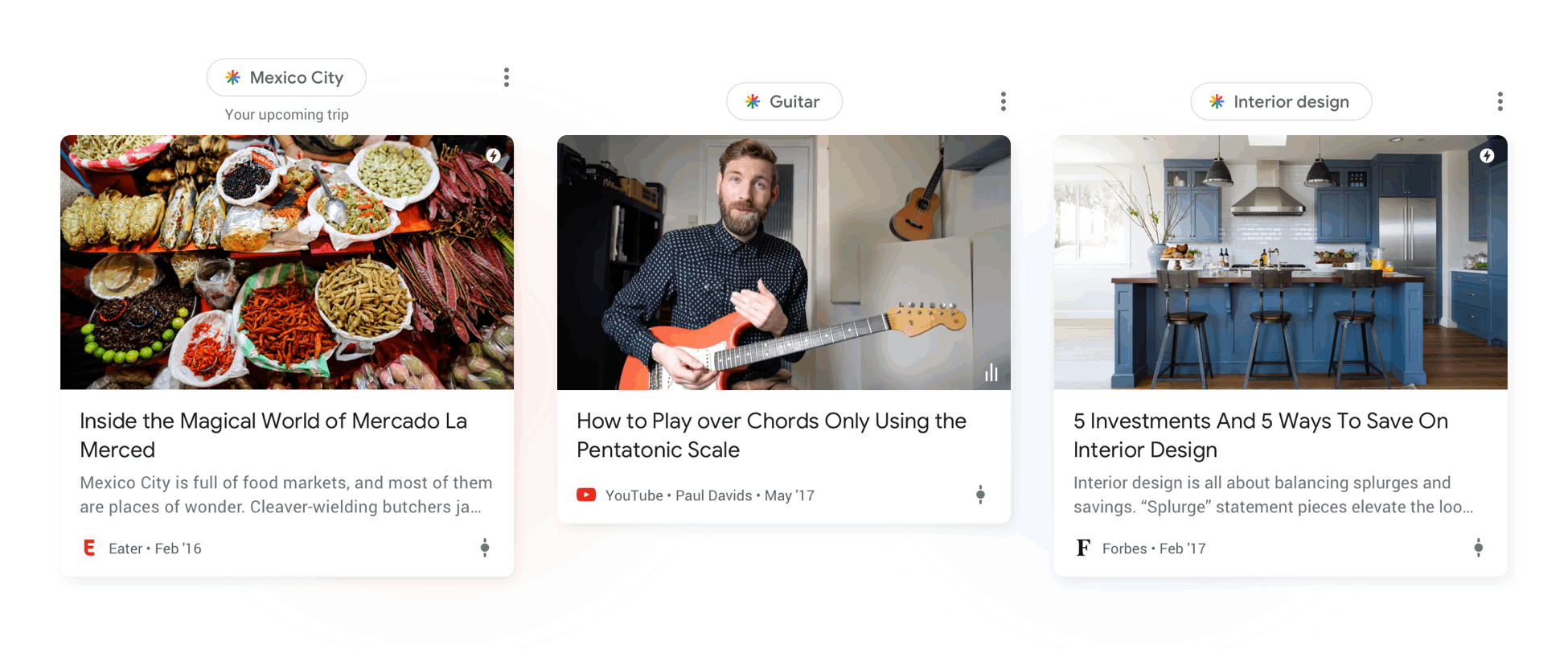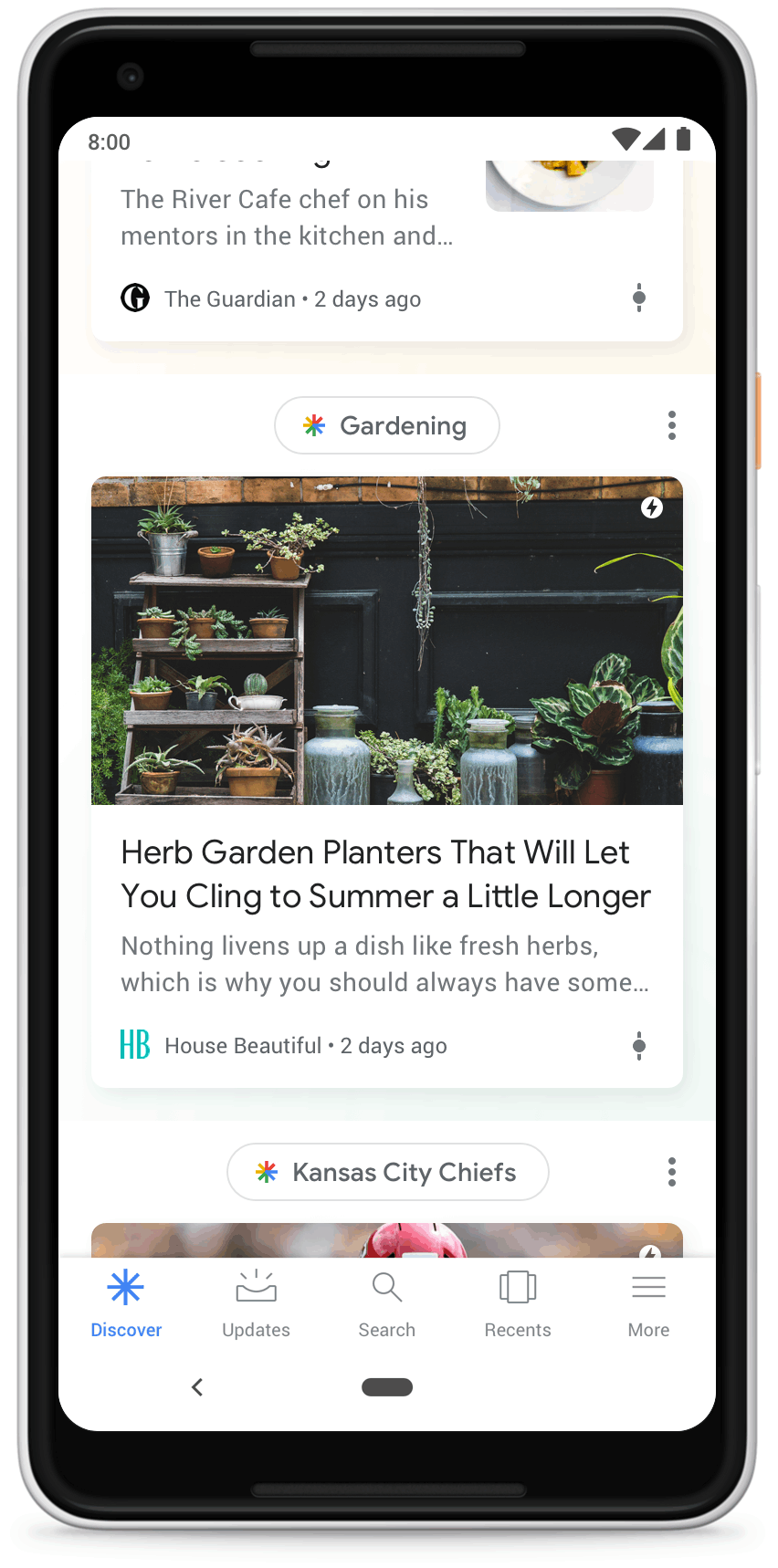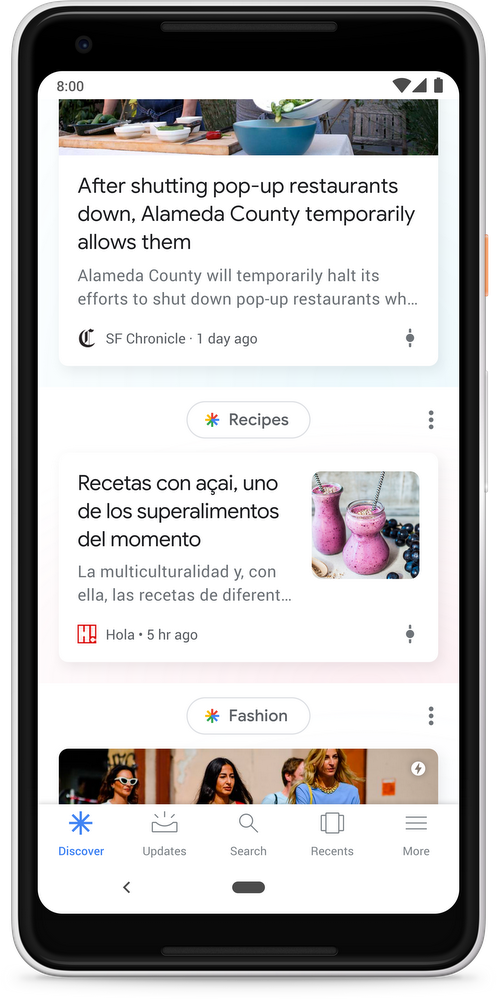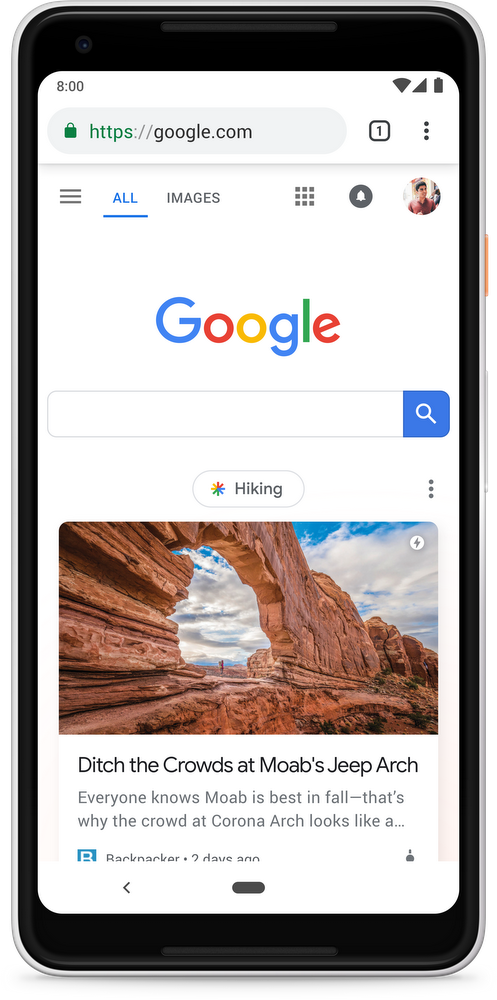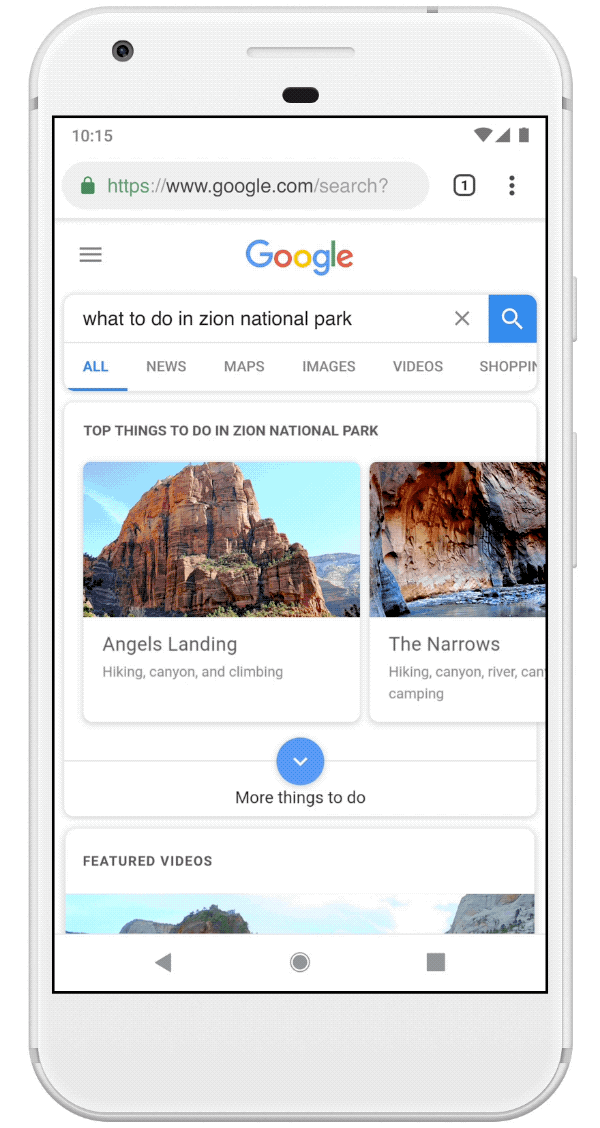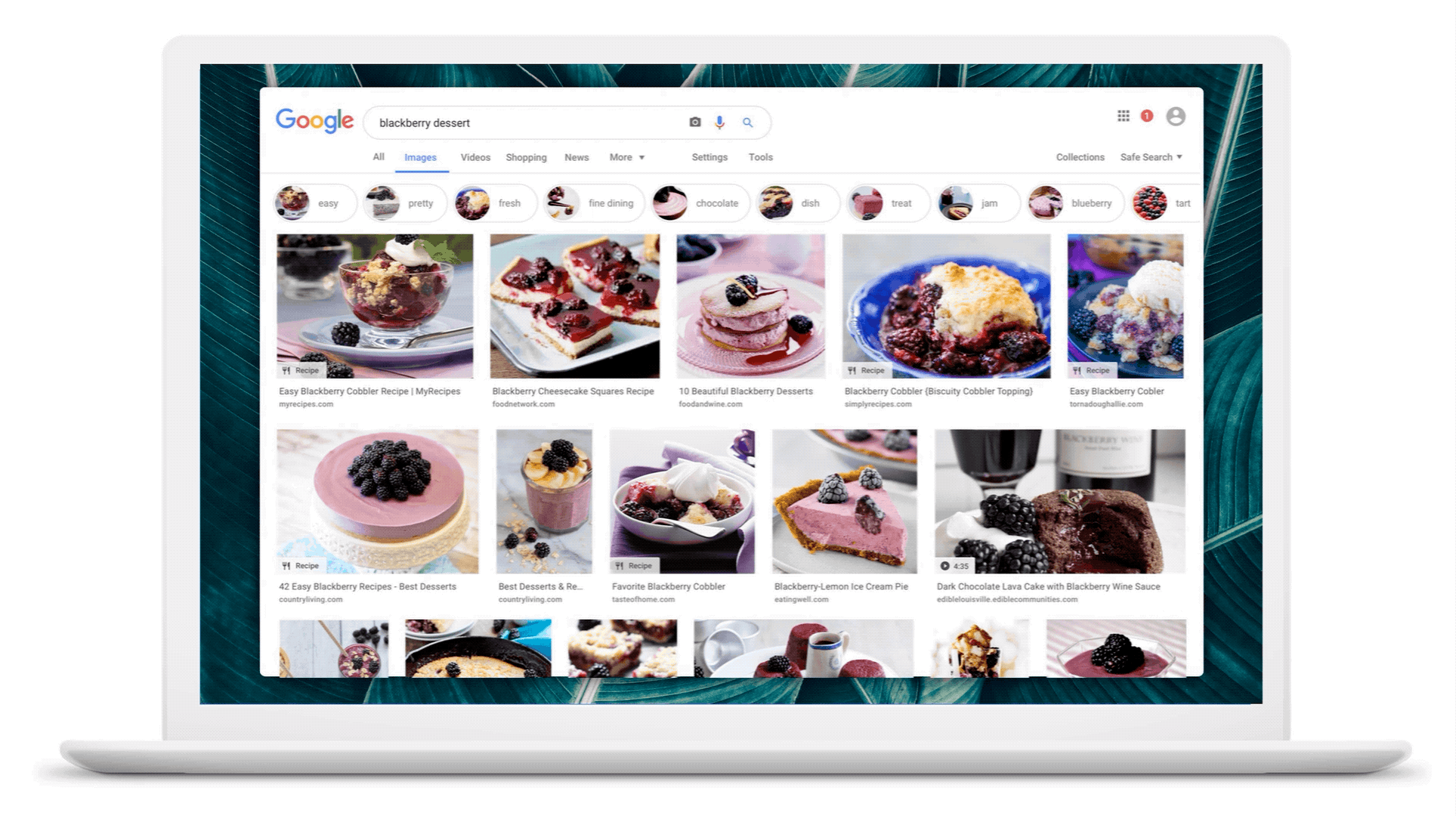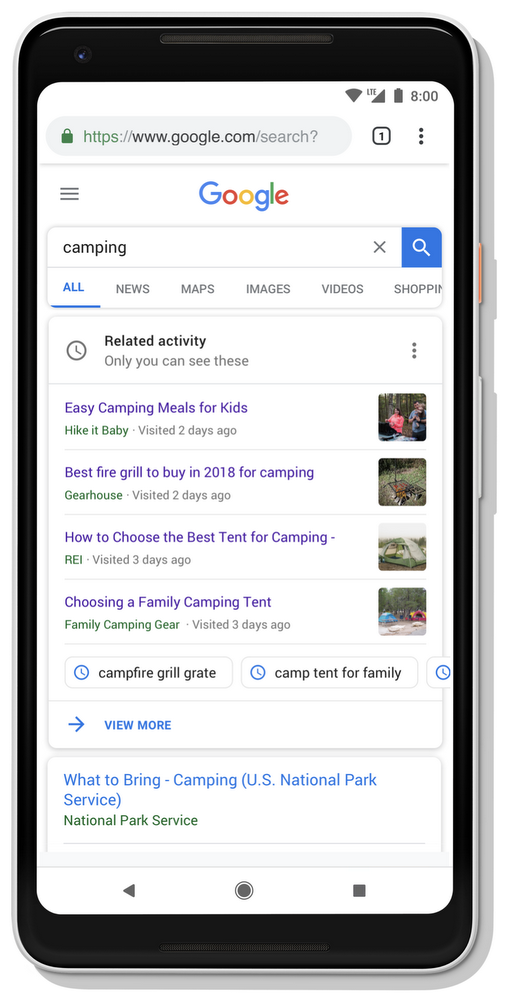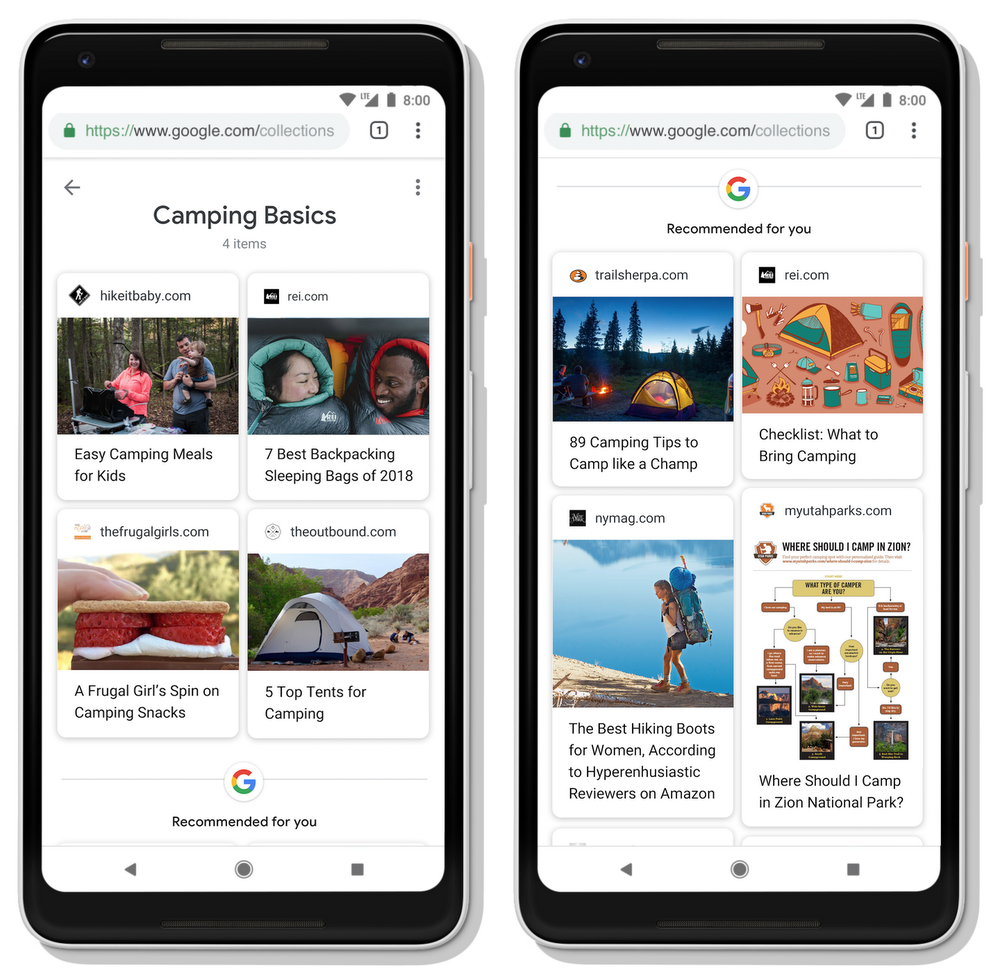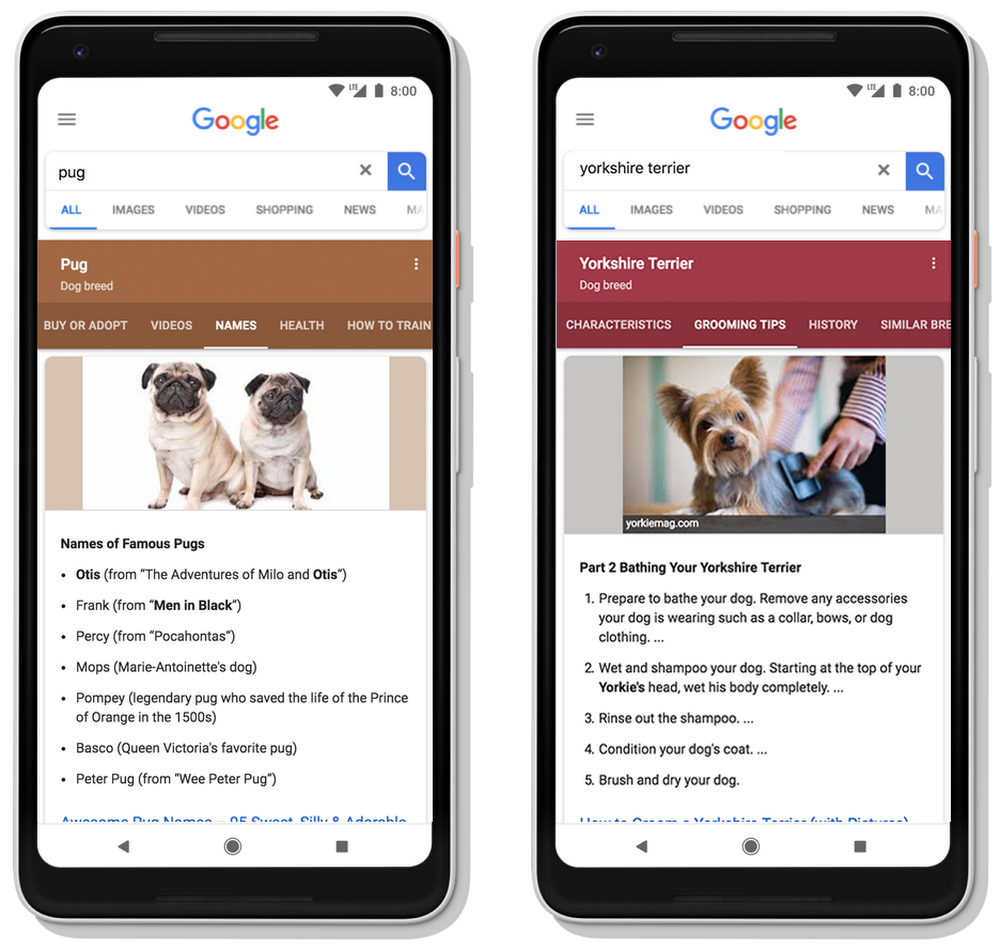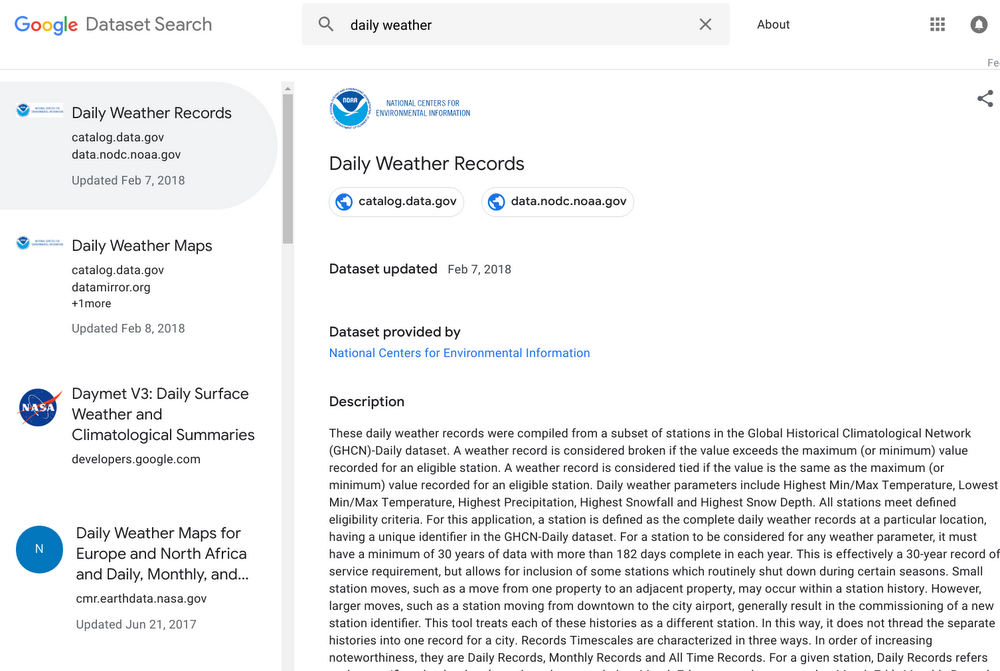For 20 years, Google Search has provided people with the information they need, and in times of crisis, access to timely, actionable information is often crucial. Last year we launched SOS Alerts on Search and Maps to make emergency information more accessible. Since then, we’ve activated SOS Alerts in more than 200 crisis situations, in addition to tens of thousands of Google Public Alerts, which have been viewed more than 1.5 billion times.
Floods are devastating natural disasters worldwide—it’s estimated that every year, 250 million people around the world are affected by floods, also costing billions of dollars in damages. Flood forecasting can help individuals and authorities better prepare to keep people safe, but accurate forecasting isn’t currently available in many areas. And the warning systems that do exist can be imprecise and non-actionable, resulting in far too many people being underprepared and underinformed before a flood happens.
To help improve awareness of impending floods, we're using AI and significant computational power to create better forecasting models that predict when and where floods will occur, and incorporating that information into Google Public Alerts. A variety of elements—from historical events, to river level readings, to the terrain and elevation of a specific area—feed into our models. From there, we generate maps and run up to hundreds of thousands of simulations in each location. With this information, we’ve created river flood forecasting models that can more accurately predict not only when and where a flood might occur, but the severity of the event as well.

These images depict a flood simulation of a river in Hyderabad, India. The left side uses publicly available data while the right side uses Google data and technology. Our models contain higher resolution, accuracy, and up-to-date information.
We started these flood forecasting efforts in India, where 20 percent of global flood-related fatalities occur. We’re partnering with India’s Central Water Commission to get the data we need to roll out early flood warnings, starting with the Patna region. The first alert went out earlier this month after heavy rains in the region.

Flood alert shown to users in the Patna region.
We’re also looking to expand coverage to more countries, to help more people around the world get access to these early warnings, and help keep them informed and safe.

